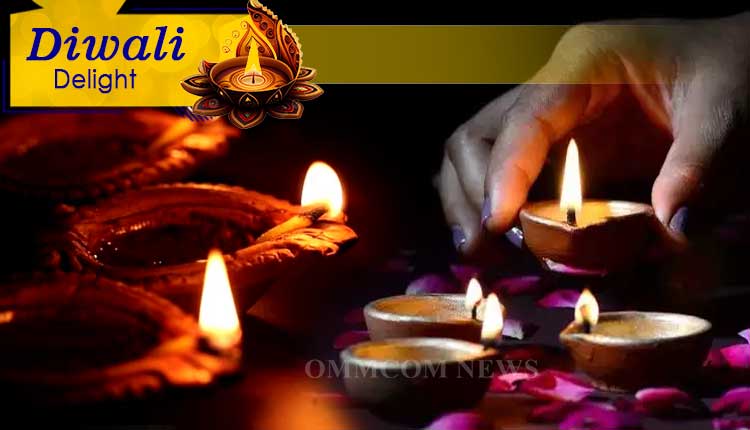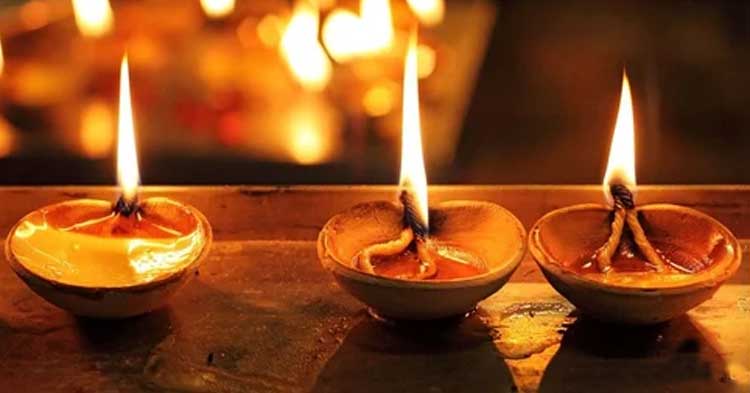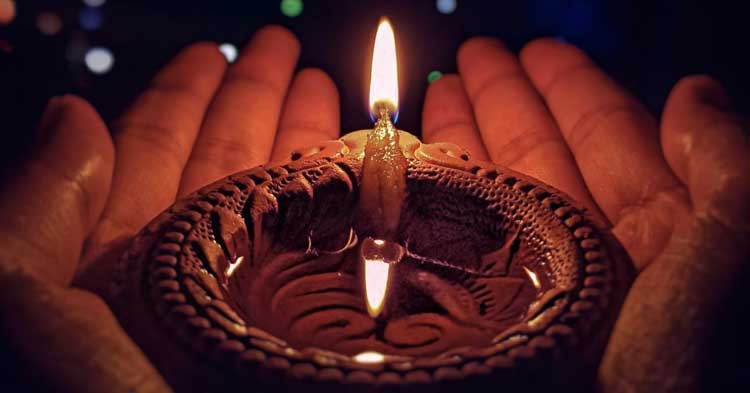As Diwali’s radiant glow illuminates every household, a burning question arises: why splurge on numerous lamps? Beyond the festive fervour, lies a profound scientific, spiritual and cultural significance.
Diyas embody goodness, purity, and triumph over darkness. Lighting them symbolizes the banishment of ignorance, anger, greed, and vices, ushering in illumination and positivity. Celebrated on the new moon day, Deepavali’s darkness is believed to be dispelled by these lamps.
With a left for the festival of lights to begin, Ommcom News uncovers the hidden significance behind this cherished tradition.
A Tradition Steeped in History
According to lore, diyas are purchased on Ashwin Purnima, a full moon day two weeks prior to Diwali. They’re then soaked in water, preparing them for the sacred Diwali pooja. Traditionally, ghee (clarified butter) fueled these lamps, while oil is now commonly used.
In the heart of India’s rich cultural heritage, diyas – traditional clay lamps – illuminate a profound spiritual and scientific significance. These humble, oil-filled vessels, with their softly flickering cotton wicks, have transcended their historical role as a primary source of light to embody a deeper meaning.
The diya, also known as ‘deepa’ or ‘deepam’, originates from the Sanskrit word ‘deep’, meaning light or lamp. This ancient lantern has been an integral part of our tradition for centuries, with roots tracing back to the Indus Valley Civilization. As a testament to their enduring importance, diyas are prominently mentioned in ancient texts and rituals.
Before electricity, diyas served as a vital source of light. However, their significance extends far beyond practicality. In religious and cultural ceremonies, diyas symbolize the triumph over spiritual darkness, ushering in divine knowledge and illumination. Their gentle glow represents the eternal struggle between light and darkness, good and evil.
Today, diyas continue to hold a revered place in our culture, transcending time and technology. As the soft flames dance, they evoke a sense of serenity, hope, and spiritual connection. Whether lit in temples, homes, or public spaces, diyas serve as a poignant reminder of our rich cultural legacy and the timeless power of light.
Beyond Science: The Holistic Significance
Lighting lamps on Diwali serve multiple purposes. Fire, a natural purifier, eradicates bacteria, viruses, and other microorganisms, cleansing the environment. Additionally, the smoke from lamps absorbs pollutants, toxins, and suspended particles, refreshing the air. The soft, warm light also boosts serotonin levels, alleviating stress and promoting mental well-being. Certain oils used in lamps, like neem and camphor, repel insects, safeguarding health.
Diwali’s importance extends beyond scientific explanations. This festival harnesses divine energy, amplifying positivity and spiritual growth. It also stimulates economic activity, fostering trade, commerce, and entrepreneurship. Moreover, Diwali promotes cultural heritage, values, and traditions, while transcending political boundaries to foster national unity and harmony.
The Power of Positive Energy
Diwali’s auspicious timing amplifies its impact. The atmosphere is believed to be charged with positive vibrations, making it an ideal time for initiating new endeavours and ensuring success. This celebration strengthens bonds with the divine, nurturing spiritual growth.
Self-Purification
Diwali is not just a celebration but also an opportunity for inner purification. It is a time to conquer our inner demons and illuminate our lives with positive virtues. The lighting of diyas symbolises the illumination of one’s inner self, driving out ignorance and negativity, and ushering in wisdom and positivity.


















